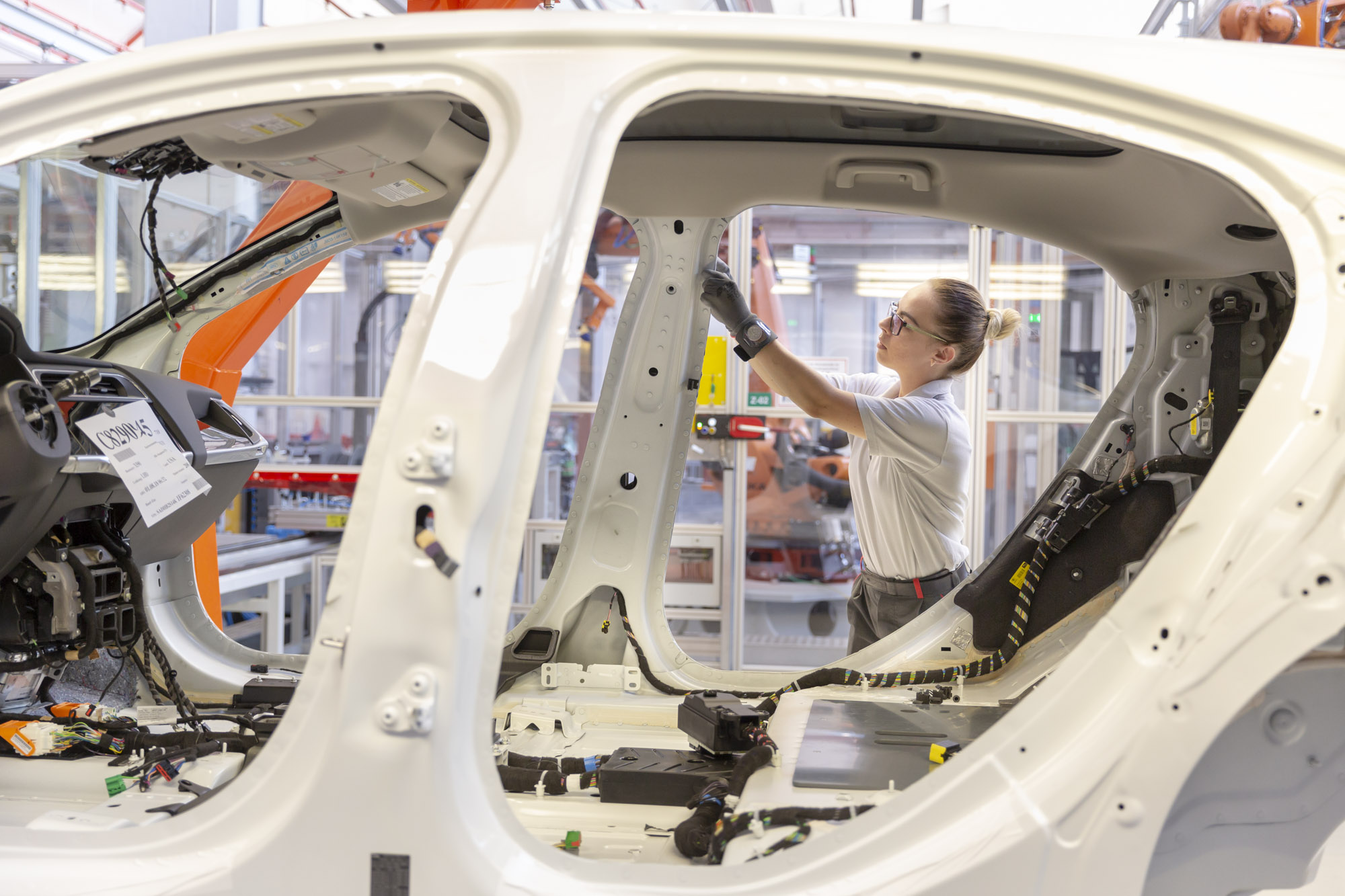What's More Important: The Product or the Market?
Of course, this raises an important question: Should a vehicle be adapted to fit its target market or vice versa? Both approaches are valid. It’s clear that key features of an automotive vision should not be changed in order to fit a different market.
However, during the creation of the CMP it may become clear that a vehicle, for whatever reason(s), cannot satisfy the intended target market. Or that the target market is simply insufficient to generate revenue.
Ultimately, the CMP should first and foremost represent what its creator intends to achieve on the market with their vehicle. If the released vehicle is aimed to address the off-road SUV market, then it should naturally focus on providing all-terrain capabilities, many functionalities, a robust frame and a styling to match the image.
If a vehicle’s main USP however is a modern, futuristic driver’s experience, then it should naturally focus less on utility-related issues and more on factors such as a futuristic styling and HMI or speed and acceleration.
If a vehicle manufacturer is more open towards adapting features to appeal to a larger market, then they should do so, if necessary. However, the later a vehicle concept is adapted, the more time-consuming and costly any changes will be.
The Second Prerequisite: Creating Benchmarks
If the target market and by extension the target customers are known, the next step is to look at the current competitors of the respective market segment and to get all the information about the car performance standards.
This process is called benchmarking and serves to give new entrants an overview on what their target market currently offers. Other vehicles within the same market are chosen based on the CMP and compared to create a tangible bar the new entrant has to reach.
For example, if a new entrant intends to release a BEV aimed at drivers traveling long distances, a natural benchmark would be the vehicle with the currently highest range. An exemplary benchmark vehicle for this may be the Mercedes Vision EQXX unveiled in early 2021.
According to its creators, the Mercedes Vision EQXX provides a range over 1,000km (648mi) on a single charge, making it a very useful benchmark vehicle for this metric.1
Which benchmarks should be chosen to get the car performance standards?
When choosing car performance standard benchmarks, it’s advisable not to focus on a single metric alone but rather on how the primary features of those vehicles influence its other features. For example, the previously mentioned Mercedes Vision EQXX achieves a long range due to a combination of efficient aerodynamics and a powerful battery pack.
However, its price tag is just shy of £100,000 and it only offers a comparatively average acceleration. And while other vehicles may not achieve such a high range, they can mitigate this factor by different metrics, such as higher top speed, acceleration, or a compelling E/E architecture. And some vehicles may also achieve a similar range via different means, such as a different type of battery pack.
Ultimately, it is important to look at the big picture when searching for suitable benchmark vehicles. Good benchmarking provides information on a multitude of factors and should provide new entrants not only with the target numbers they need to achieve but also provide different approaches, potential drawbacks, and viable alternatives for reaching their target market. Thus, keep in mind as a rule of thumb:
- Always choose at least three benchmark vehicles – ideally more.
- Always include the market leader, but keep alternatives in mind.
- Always compare all relevant metrics of the benchmark vehicles.






